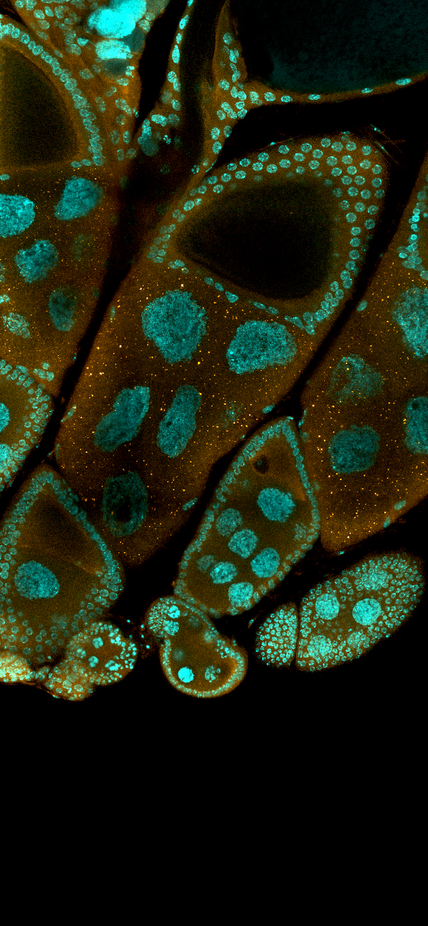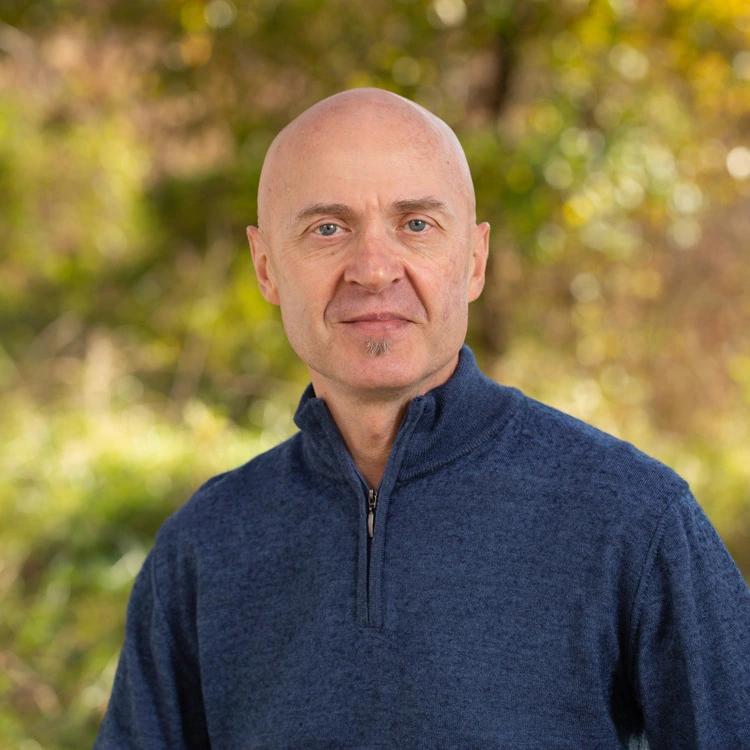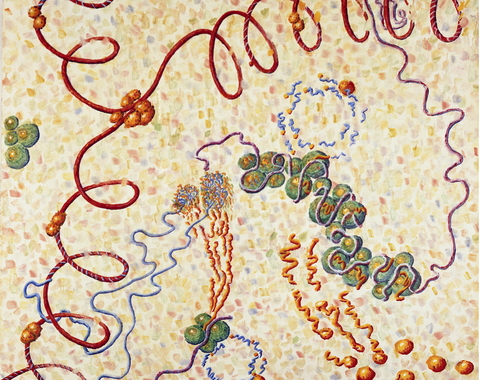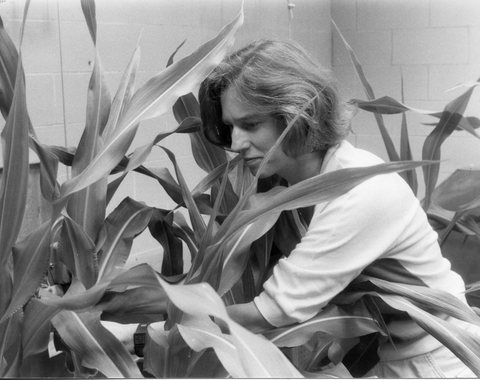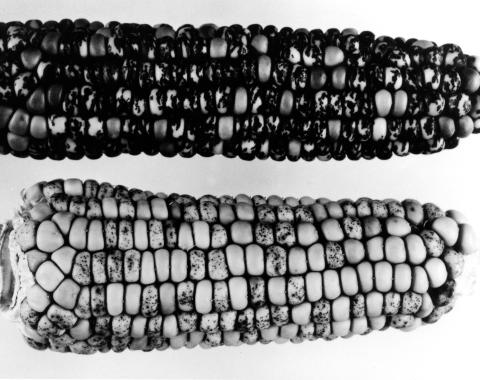Forever Pushing the Bounds of Discovery
Explore our Genetics and Development Biology research areas:

Biodiversity & Climate
We investigate how individual species respond to stressful conditions and explore how we can build community resilience.
Learn More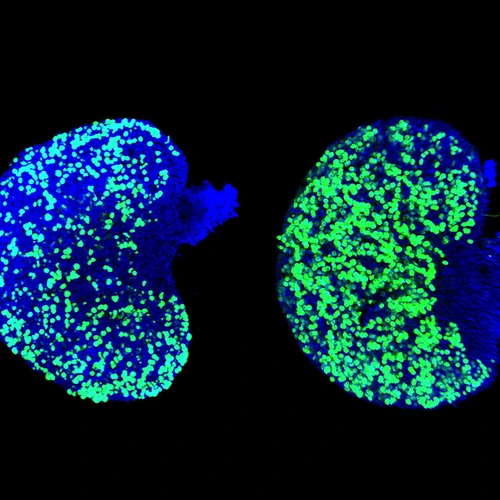
Developmental Biology
We elucidate the cellular and molecular processes that underpin a variety of health-related concerns.
Learn More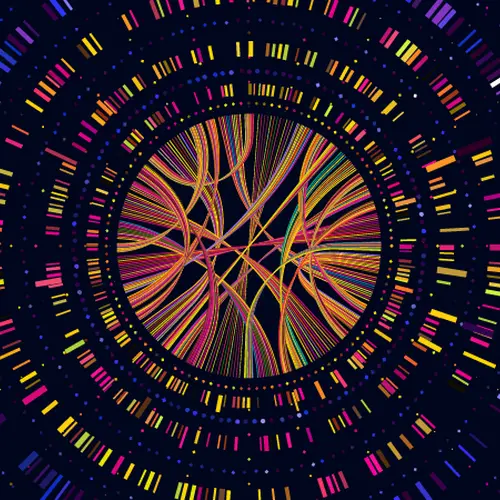
Genomics & Computing
We harness powerful new technologies and computational advances to uncover the complexity and interconnectedness of living communities on a rapidly changing planet.
Learn More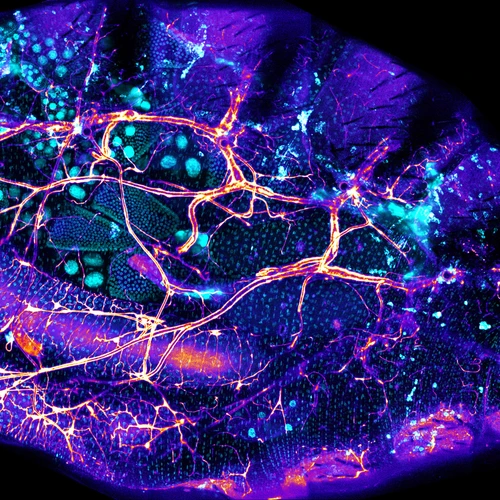
Nested Ecosystems
Recognizing that plants and animals rely on lifelong, co-evolved relationships with the microbial world, we explore interactions between microbial communities across a range of environments.
Learn More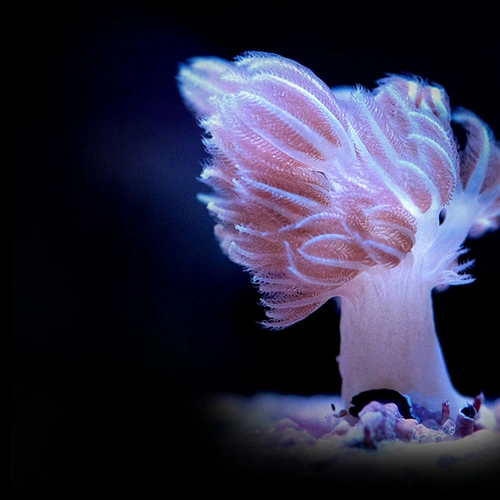
Model Systems
We develop model organisms to gain a deeper understanding of the biological mechanisms that govern life as we know it.
Learn More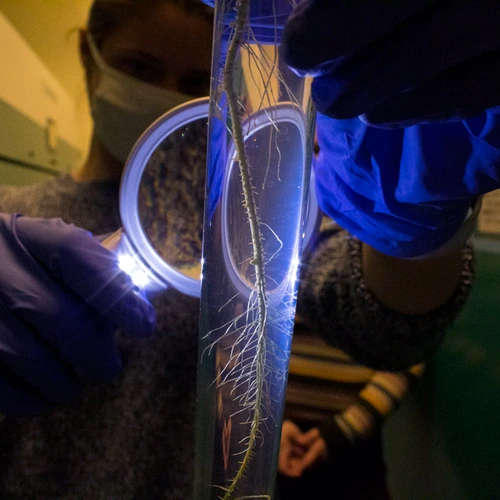
Symbiosis
We uncover the molecular mechanisms underpinning a variety of symbiotic relationships.
Learn MoreRelated Division
Carnegie's newest scientific division, Biosphere Sciences & Engineering, is devoted to disrupting the traditional, siloed perspective on research in the life sciences and pursuing an integrated approach to solving humanity's greatest challenges.
Biosphere Sciences & Engineering